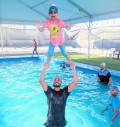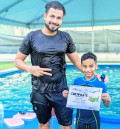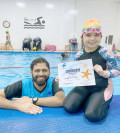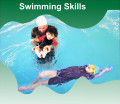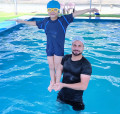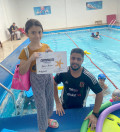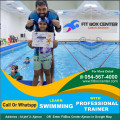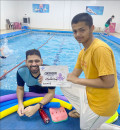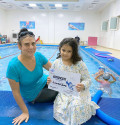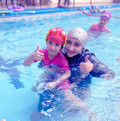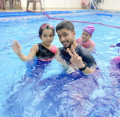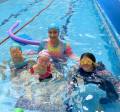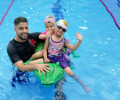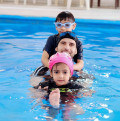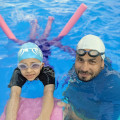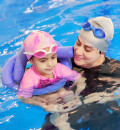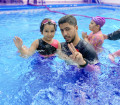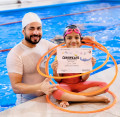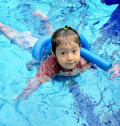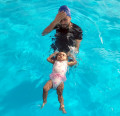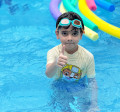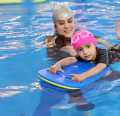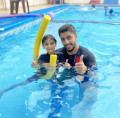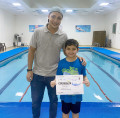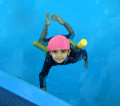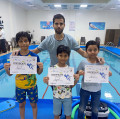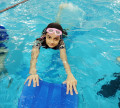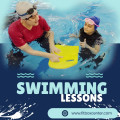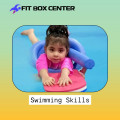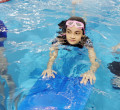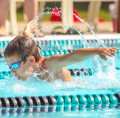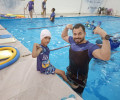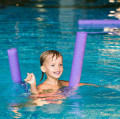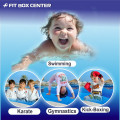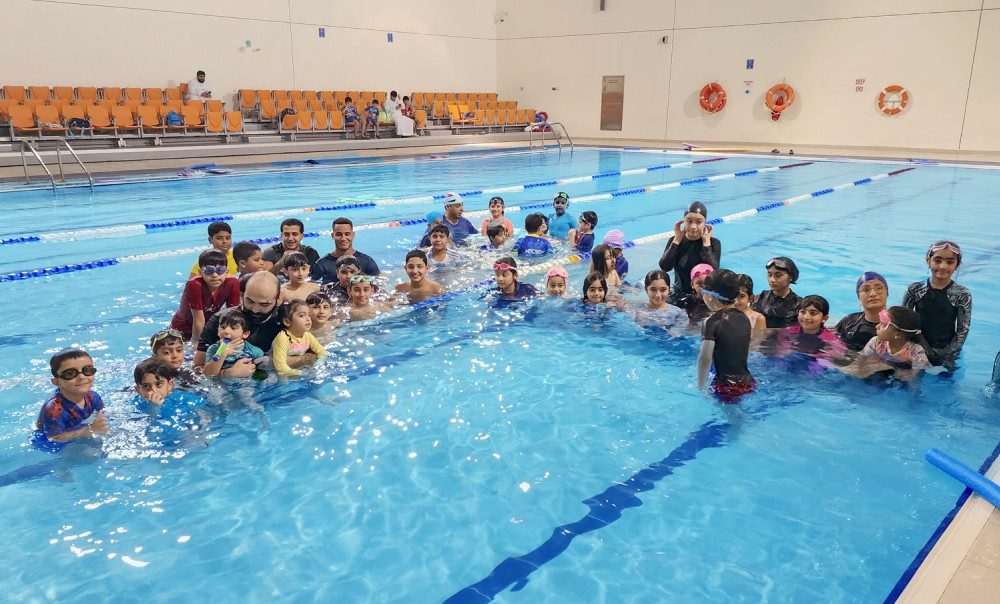
The Importance of Teaching Swimming to School Kids
2024-08-30 - swimmingWhy Swimming is a Vital Life Skill
Swimming isn't just a fun activity; it's a vital life skill that every child should learn. Imagine being able to save yourself or someone else in a water emergency. That’s the power of swimming. Let's dive into why this skill is so important for school kids.
Water Safety and Drowning Prevention
The primary reason for teaching kids to swim is safety. Drowning is a leading cause of accidental death in children. Knowing how to swim can significantly reduce this risk. When kids learn to swim, they gain the confidence to handle themselves in water, which could potentially save their lives or others’.
Physical Health Benefits
Swimming is one of the best forms of exercise, especially for growing bodies. It engages nearly all muscle groups, improves cardiovascular health, and increases lung capacity. Plus, it's low-impact, making it ideal for kids of all fitness levels.
Mental and Emotional Well-being
Beyond the physical benefits, swimming has a profound impact on a child’s mental and emotional well-being. The act of swimming can be calming, reducing stress and anxiety. It also helps in boosting self-esteem as kids master new skills and overcome challenges.
When to Start Teaching Kids to Swim
You might be wondering, "When is the right time to start swimming lessons?" The answer is—sooner than you think!
Age Considerations
Experts suggest starting swimming lessons as early as six months. At this age, children are naturally comfortable in water. Early introduction helps them develop swimming skills more easily as they grow.
Early Exposure to Water
Early exposure to water is key in preventing fear. The more familiar a child is with water, the more comfortable they will be when it comes time to learn how to swim. This could be as simple as letting them splash around in a pool or playing in a shallow kiddie pool.
Overcoming Fear of Water
Fear of water is common but manageable. Professional instructors are trained to help children gradually build their confidence in water through gentle, reassuring techniques. Starting young can minimize the chances of developing a deep-seated fear.
The Process of Learning Swimming Skills
Learning to swim is a journey. It begins with understanding the basics and gradually building up to more advanced techniques.
Introduction to Basic Swimming Techniques
Every swimmer starts with the basics. These foundational skills are essential for safety and confidence in the water.
Floating and Buoyancy
The first thing kids usually learn is how to float. Floating teaches them buoyancy—the ability to stay at the water's surface. It's a critical skill that provides a safety net, giving kids the ability to rest or call for help if needed.
Breathing Techniques
Learning how to breathe while swimming is crucial. Kids are taught to control their breath, taking in air above the water and exhaling underwater. Proper breathing techniques help them stay calm and focused.
Basic Strokes (Freestyle, Backstroke)
Once kids master floating and breathing, they move on to basic strokes like freestyle and backstroke. These strokes are the building blocks for more advanced swimming techniques and provide a great workout.
The Role of Qualified Instructors
Having a qualified instructor can make all the difference in a child’s swimming journey. They provide more than just lessons; they offer guidance, support, and motivation.
Importance of Professional Guidance
Professional instructors ensure that children learn to swim correctly and safely. They know how to assess each child’s ability and progress, tailoring lessons to suit individual needs.
Building Confidence in the Water
Confidence is key to swimming. A good instructor will help children build this confidence through positive reinforcement, allowing them to learn at their own pace.
Tailoring Lessons to Individual Needs
Every child is different. Some might pick up swimming quickly, while others need more time. Instructors can adapt lessons to cater to each child’s learning style, ensuring no one is left behind.
Swimming as a Part of the School Curriculum
Integrating swimming into the school curriculum is an excellent way to ensure all kids learn this essential skill.
Integrating Swimming Lessons into School Programs
Making swimming lessons a mandatory part of the school curriculum can have significant benefits for students.
Benefits of Mandatory Swimming Classes
Mandatory swimming classes ensure that all students, regardless of background, learn this crucial life skill. It removes the barriers that might prevent some kids from accessing swimming lessons outside of school.
Collaborating with Local Pools and Instructors
Schools can partner with local pools and qualified instructors to provide swimming lessons. This collaboration ensures that students receive high-quality instruction in a safe environment.
Ensuring Equal Access for All Students
It’s important to make sure that all students, including those from low-income families, have access to swimming lessons. Schools can provide financial assistance or find community sponsors to help cover costs.
Parents may have concerns about safety, cost, or time commitment. Schools can address these by providing detailed information, offering flexible lesson times, and ensuring that lessons are affordable or free.
Providing Financial Assistance
For families who may not be able to afford swimming lessons, schools can offer financial aid or scholarships. This ensures that every child has the opportunity to learn to swim, regardless of their financial situation.
Promoting Inclusivity for Students with Disabilities
Inclusivity is crucial. Schools should make sure that swimming lessons are accessible to students with disabilities, perhaps by offering adaptive lessons or ensuring that facilities are equipped to handle various needs..






















































